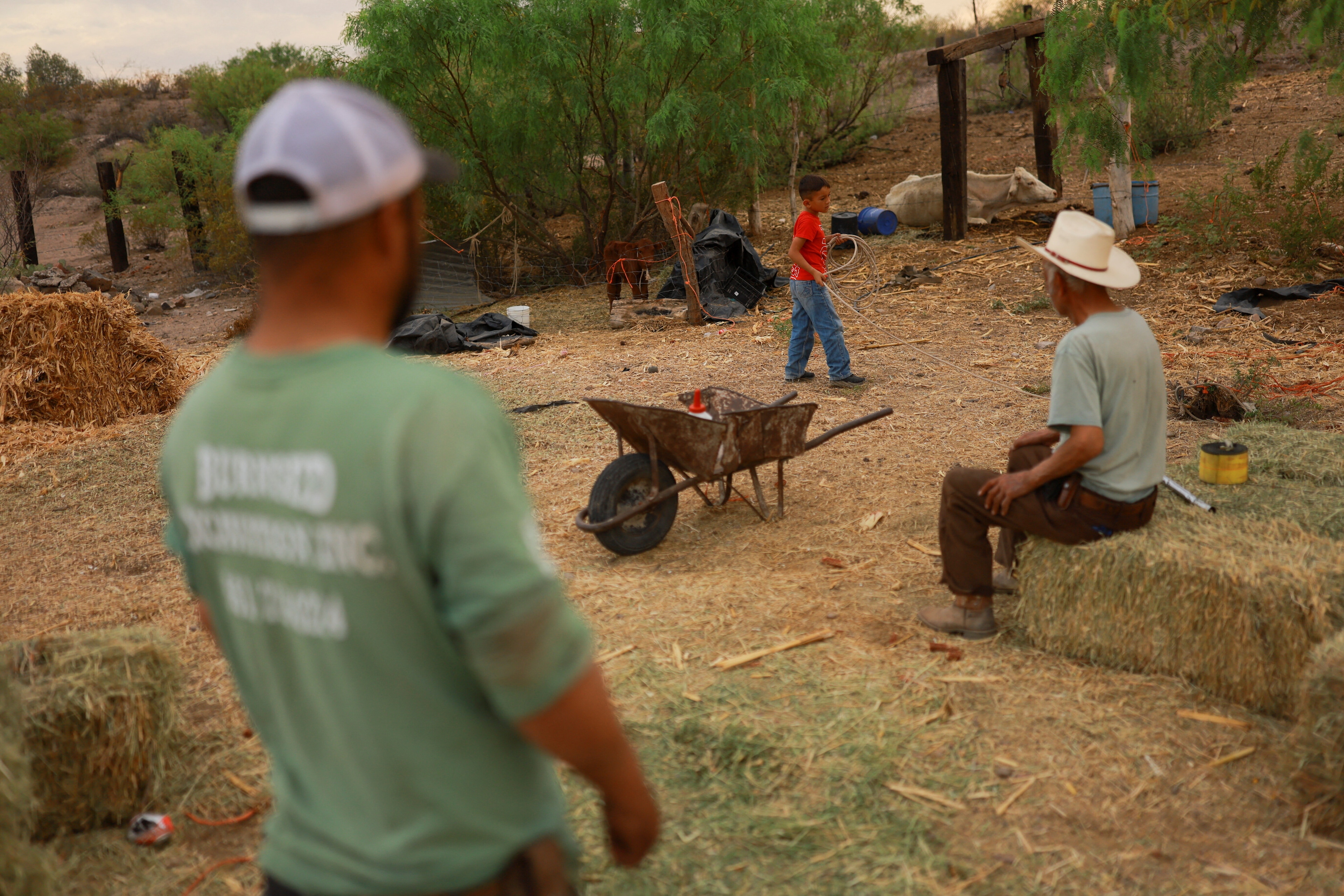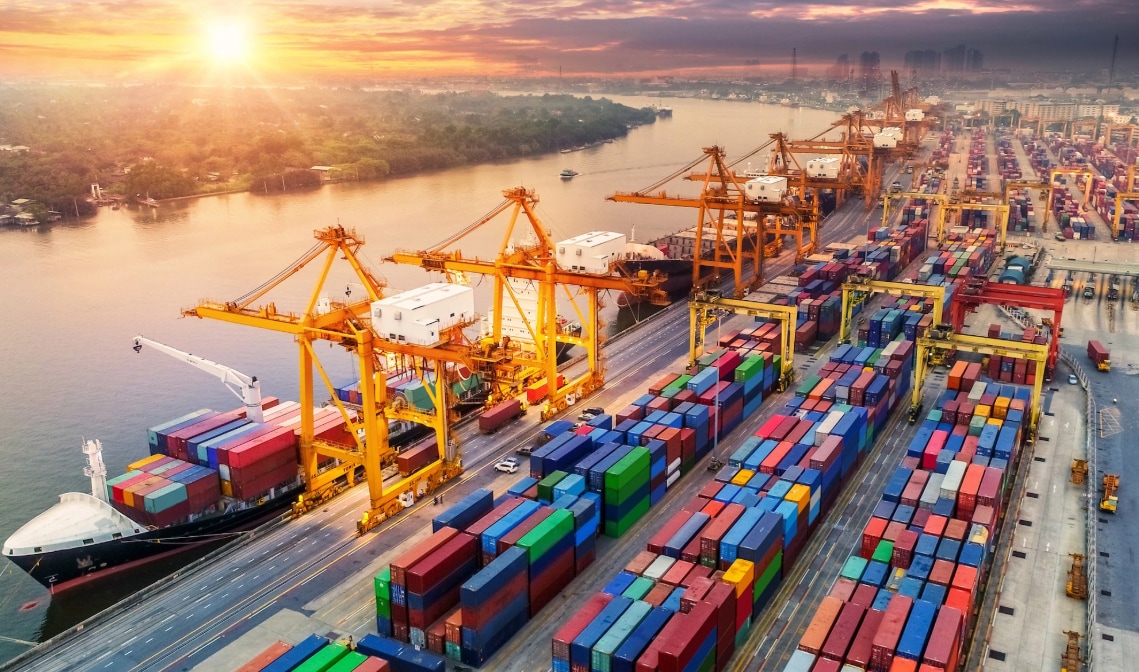Australia will plant 1 billion trees in the next 11 years

The scheme will also bring new jobs, as well as new trees.
Image: REUTERS/Daniel Munoz
Stay up to date:
Future of the Environment
This weekend, Australian Prime Minister Scott Morrison announced a plan to plant 1 billion trees as part of nine forestry hubs across the country by 2030. He made the announcement while visiting a forest nursery in the town of Somerset, Tasmania, which will be a site of one of the hubs, the Sydney Morning Herald reported. As the outlet explained, the project will cost $12.5 million AUD (a little less than $9 million USD), and according to the Straits Times, it is expected to remove 18 million tons of greenhouse gases from the environment each year between now and 2030.
As explained by Futurism, this project is part of the country's campaign to meet the goals of the Paris Agreement. The agreement's central aim is to "strengthen the global response to the threat of climate change" by limiting the global temperature rise, as per the United Nations website. If Australia's tree-planting project really does help the nation remove 18 million tons of greenhouse gases every year, it will certainly help bring Australia closer to the Paris Agreement's target.
In addition to the environmental benefits of planting more trees, the prime minister emphasized how the project will create more jobs for Australians. "I'm interested in growing more trees and growing more jobs, it's as simple as that," Morrison announced at the nursery, The Courier noted. "It's a recognition of a region that is strong in forestry, looking at infrastructure needs, employment needs and making sure facilities are in place to grow trees." He added that this initiative is "all part of a much broader forestry plan," which has been spearheaded by Tasmanian Senator Richard Colbeck.
Accept our marketing cookies to access this content.
These cookies are currently disabled in your browser.
Colbeck, who was present at the nursery for the announcement, is confident that Australia will be able to achieve this goal. “We have set ourselves an objective of one billion trees by 2030. That is a lot of trees, that is about 400 thousand hectares,” Senator Colbeck said, according to The Advocate. “We have seen previously there has been some issues with land conversion in the community and we are very committed to make sure we manage that sensitively and properly.” Like Morrison, Colbeck emphasized how this project will create jobs for Australians, as seen in a video of the announcement shared by The Advocate on Facebook.
The plan to create these nine regional forestry hubs is outlined in detail in a document on the Australian government's agriculture website. As the document explains, not only will these trees help curb emissions by absorbing CO2 and other potentially harmful gases from the air, but Australia also plans to start relying more on trees for materials. For example, wood, fibers, and other materials derived from trees can be used to make buildings, food additives, bioplastics, and in medical applications, the document explains. Unlike plastic, trees are a renewable resource.
Accept our marketing cookies to access this content.
These cookies are currently disabled in your browser.
In 2016, Australia announced a plan to plant 20 million trees by the year 2020, with the goal of conserving the environment, engaging the community, and reducing Australia's emissions, as per the government's website. At the time, The Australian noted that many were ridiculing the plan for its lack of measurable targets other than planting the trees. Considering that, it's no surprise that Colbeck emphasized this project's goal of removing 18 million tons of greenhouse gases from the air annually. It will definitely be interesting to see how the tree project progresses over the next decade.
Don't miss any update on this topic
Create a free account and access your personalized content collection with our latest publications and analyses.
License and Republishing
World Economic Forum articles may be republished in accordance with the Creative Commons Attribution-NonCommercial-NoDerivatives 4.0 International Public License, and in accordance with our Terms of Use.
The views expressed in this article are those of the author alone and not the World Economic Forum.
Related topics:
Forum Stories newsletter
Bringing you weekly curated insights and analysis on the global issues that matter.
More on Climate ActionSee all
Jose Ignacio Galindo and Nicolas Wertheimer
July 24, 2025
David Elliott
July 22, 2025
Stephanie Dunn and Firuze Alpaydin
July 22, 2025
Muhammad Hassan Dajana and James Balzer
July 22, 2025




